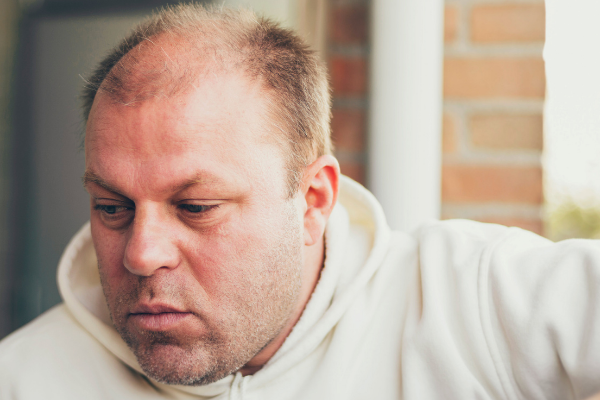
Randy is anxious.
I’m an office manager. My staff and I have been working from home for more than a year due to COVID-19, but it looks like the office will reopen soon. I am filled with dread at the thought. This pandemic has changed me. I’ve watched too much news coverage, haven’t been outside much, have been overeating and have not been getting enough sleep. I’m also drinking more than I should, an issue I’ve faced before. While I was very much a people person at the office, with a management style based on face-to-face meetings and interactions, I now want to avoid all of that. I actually feel sick at the thought of being back in a position of authority in a structured workplace. My staff will notice the changes in me, and I fear being scrutinized and judged.
Occupational therapists are essential to mental health. Randy needs an OT.
ANXIETY AND DEPRESSION are two conditions that can come from many sources, be triggered by a crisis, and have unfortunate outcomes. About one-quarter of Canadians have reported moderate or severe anxiety symptoms during the pandemic. Among those with past substance-use or mental-health disorders, that figure is nearly twice as high. Of those affected by escalating depression and anxiety, less than a quarter have accessed any treatment during the pandemic, citing stigma and discrimination as possible explanations. Of those who have sought treatment, one-fifth reported finding access difficult. ¹
Fortunately, Randy was able to get an OT through his workplace benefits. The occupational therapist helped him:
Identify and address the main challenges to returning to the workplace. Fatigue, reduced concentration, the change of routine, and not understanding the effects of anxiety.
Learn about anxiety management. Practice healthy coping strategies and skills. Grounding and breathing exercises, assertive communication, and participation in physical activities.
Develop a set of skills based on the identified needs such as time management, organizational skills, setting a sleep schedule. Organize Randy’s work schedule to include regular breaks to increase work efficiency.
Map out a routine to redevelop a work-life balance. Help Randy find activities that bring calm and joy and set goals to achieve his sense of balance. Support his reconnection to social networks and resources that have helped him in the past.
Set up his physical work environment to better support his new routine. Use reminder systems to address his reduced attention and cognition. Maximize the organization and ergonomic positioning at his workstation.
Because of occupational therapy, I feel like myself again.
The Canadian Association of Occupational Therapists (CAOT) provides a searchable national directory of occupational therapists for all Canadians to find the occupational therapy services they need.
Occupational therapy. Making the everyday possible.
1. Mental Health and Substance Use During COVID-19: Summary Report. Conducted by Leger for the Canadian Centre on Substance Use and Addiction and the Mental Health Commission of Canada, 2020.
